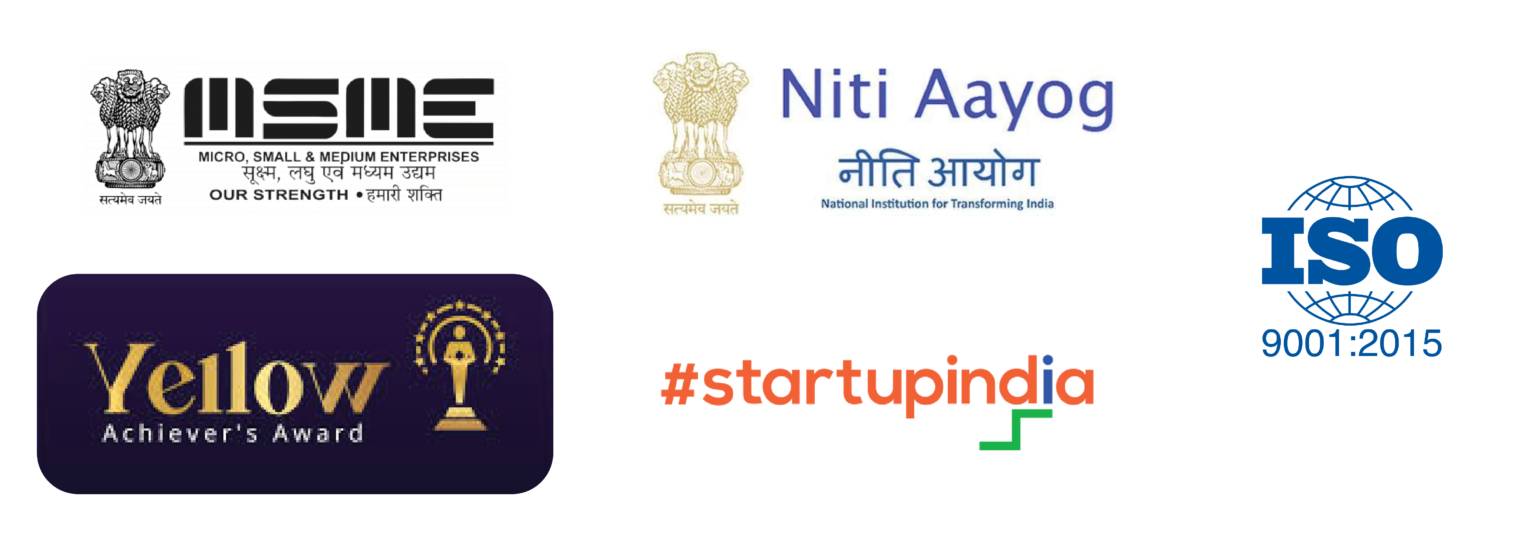


Humanity can dissolve geographical boundaries between countries
Geographical boundaries can create physical separations between people, but they don’t necessarily divide humanity on a deeper level.
I recently happened to be at Colombo -SriLanka for receiving Asian Iconic award for providing green and sustainable products and services in Construction Industry. When I met other awardees from other SAARC countries, I noticed that boundaries can create physical separations between people, but they don’t necessarily divide humanity on a deeper level.
In this article just taking our country India & beautiful country Maldives.
The architecture of the Maldives and India shows similarities due to their historical connections, climate, and cultural influences. Some common features between Indian and Maldivian architecture include:
- Influence of Traditional Design: Traditional Maldivian architecture, like that of India’s coastal regions, often uses natural materials like wood, coconut thatch, and coral stone. Indian coastal architecture, especially in states like Kerala, Goa, and Tamil Nadu, also emphasizes the use of local materials suitable for tropical climates, such as wood, clay, and palm leaves.
- Climate Adaptation: Both Maldivian and Indian buildings are designed to adapt to their tropical climate, focusing on ventilation and cooling techniques. Structures often have sloping roofs to help with rainwater drainage, a common feature in both Maldivian homes and traditional Indian houses in the coastal regions. Wide verandas or open spaces are integrated into the design to promote airflow and keep interiors cool.
- Courtyard Architecture: The concept of an inner courtyard (known as “Udha” in the Maldives and “Angan” or “Thinnai” in India) is present in traditional homes in both cultures. These courtyards serve as central areas for family gatherings, providing natural light and ventilation while maintaining privacy.
- Ornamental Elements: Decorative features in both Indian and Maldivian architecture often include intricate wood carvings and geometric patterns. Traditional Maldivian doors and window frames are sometimes embellished with motifs similar to those found in Indian temple architecture.
- Religious Influences: The Maldives was influenced by Buddhist architecture from India before the arrival of Islam, leading to the construction of stupas and monuments similar to those found in ancient Indian Buddhist sites. While the Maldives transitioned to Islamic architecture, elements of its Buddhist past still reflect the stylistic influence of Indian designs.
- Mosques and Temples: In the Maldives, many old mosques were built using coral stones and display architectural styles that show Indian craftsmanship, particularly from regions like Kerala. Indian temple architecture also emphasizes detailed stone carvings, often depicting deities and natural elements, similar to the intricate designs seen in Maldivian mosque ornamentation.
- Use of Domes and Arches: Both Indian and Maldivian Islamic architecture use domes and arches in their designs. Indian Islamic structures like mosques and tombs have influenced Maldivian mosque architecture. The adaptation of domed roofs is a characteristic shared by both, representing religious and cultural significance.
- Color Palette: Both cultures use bright and natural colors in their architecture, with designs that blend harmoniously into the tropical landscape. White and pastel colors are commonly used in both Maldivian and Indian coastal buildings to reflect sunlight and keep structures cool.
These similarities in architecture highlight the historical connections, cultural exchanges, and the shared need to adapt to a tropical environment between India and the Maldives. The blend of traditional design with climate-responsive techniques is a hallmark of both architectural styles.
While geographical boundaries can create physical and sometimes political separations, the essence of humanity—our shared experiences, challenges, and aspirations—transcends these divisions. What are your thoughts on this? Do you feel that certain aspects of human connection are particularly strong despite geographical boundaries.
Come let us become GREEN WARRIORS and dilute the boundaries .
To know more about Green Warrior concept, do write to us balaji@bptonline.in or whatapp me on 9980789618




